reflections on icra 2025
coffee break pastries were excellent
The 2025 International Conference on Robotics and Automation (ICRA) this year was my first robotics conference experience after a few years of graduate school, held in Atlanta, Georgia. There were a lot of worries about getting there, given the current border tensions with our southern neighbour. In our case, they were completely unfounded - 3 short questions (Where are you going? What for? What conference?) and we were on our merry three-hour flight to Atlanta, a land of many highways and, surprisingly, a downtown that is quite nice, though a bit empty.
It was an absolute privilege to interact with folks of the highest caliber in the field, and humbling to realize the size of the robotics community. There are truly a lot of smart people.
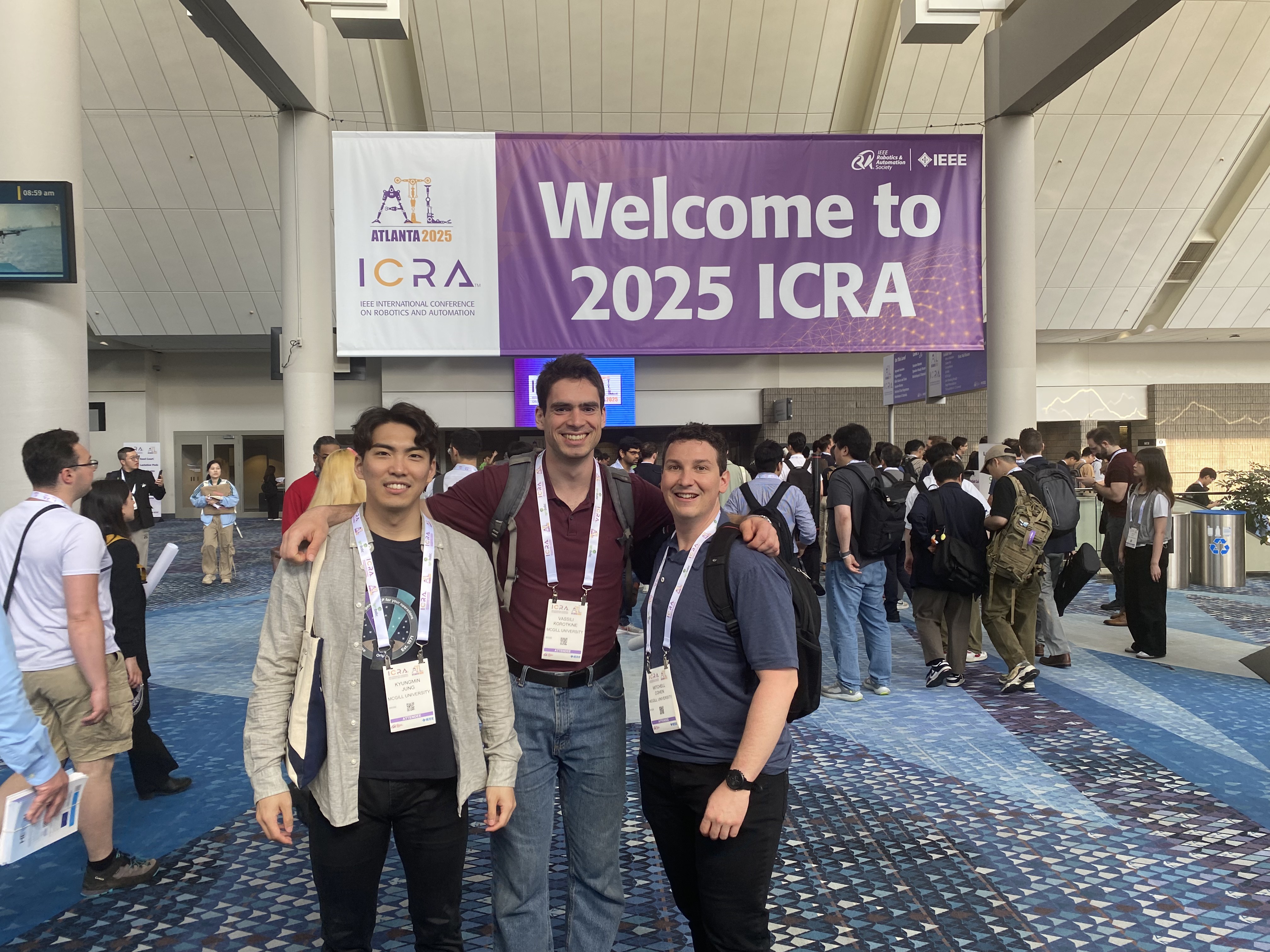
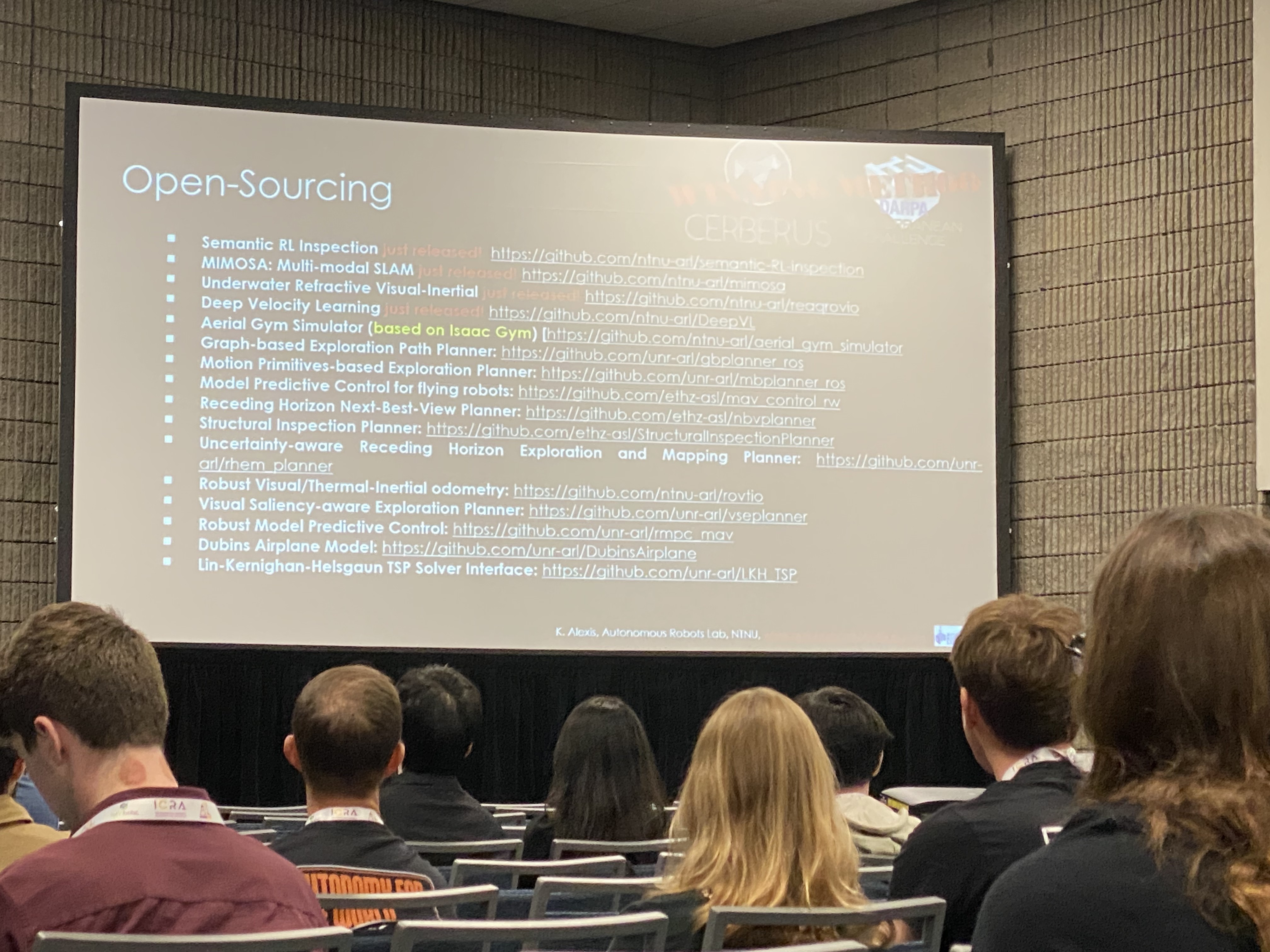
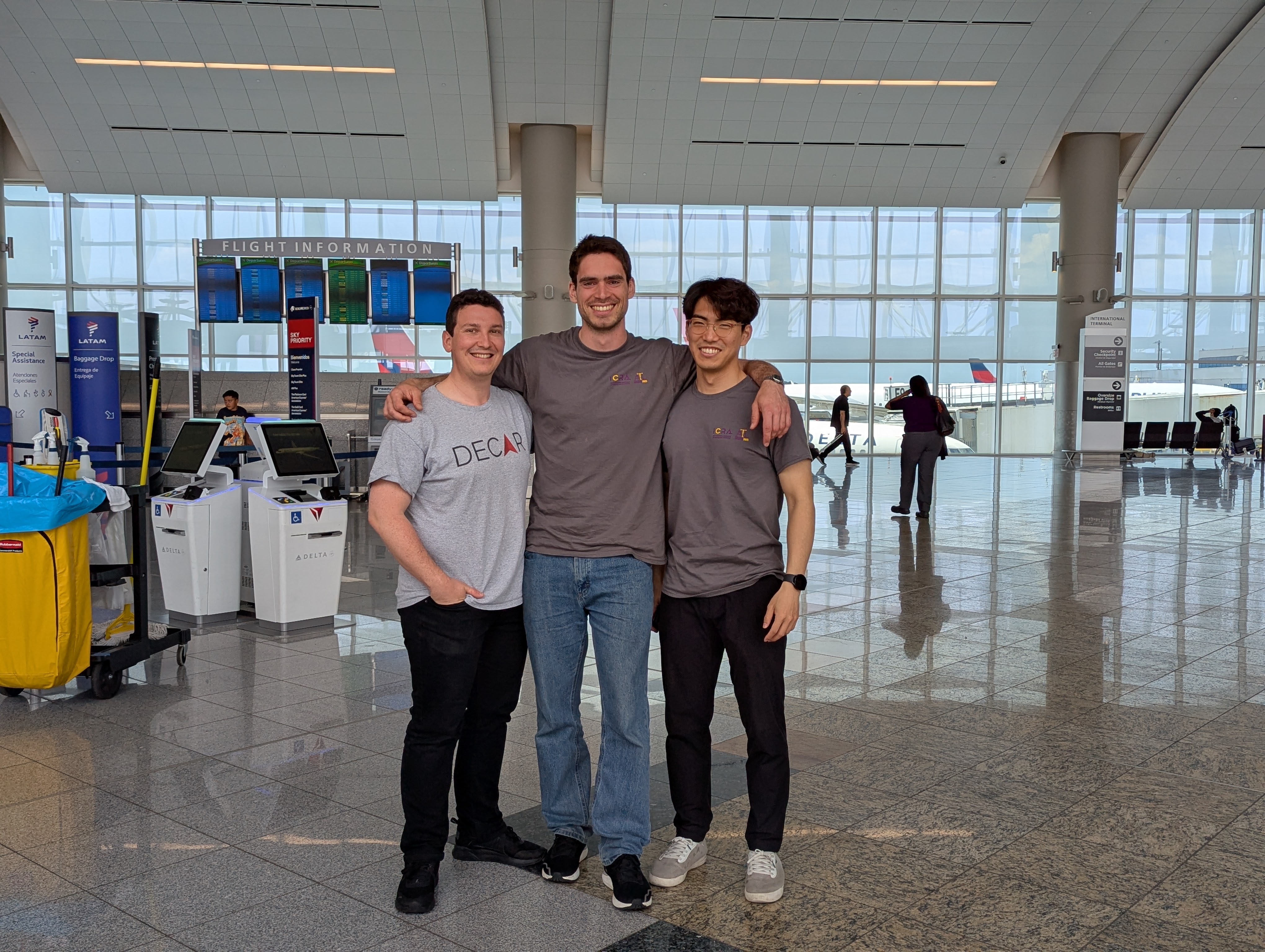
The main takeaway, for me, that was repeated many times is to find the problem before the solution. Research in robotics can broadly be split into two categories. The first is “Top-Down”, where one tries to solve a real-world problem, and encounters issues later on that motivate a solution, which is the published. The second is “Bottom-Up”, where a mathematical insight is formulated first, and is then applied to different problems to see where it makes an impact. In practice, both approaches are needed. However, the bottom-up approach can often lead to “solutions that are looking for a problem”. It may not be too hard to remix existing mathematical ideas, but it can be quite hard to answer the question of “where will this actually make an impact?”. Tessa Lau gave a keynote on starting a robotics company in construction, and she reiterated that she looked for the problem before having a solution in mind. Of course, the reality is more nuanced. Sometimes an algorithm needs to be developed before the hardware is ready for it. Sometimes the quest for pure understanding is worth it in and of itself. However, to solve current real-world problems, it does seem that the academic needs to understand the problem before proposing the solution, by playing around with the system or working with an industrial partner. That being said, building in proper mathematical fundamentals into the proposed algorithms is still necessary to avoid “hacks” and make the system more robust.
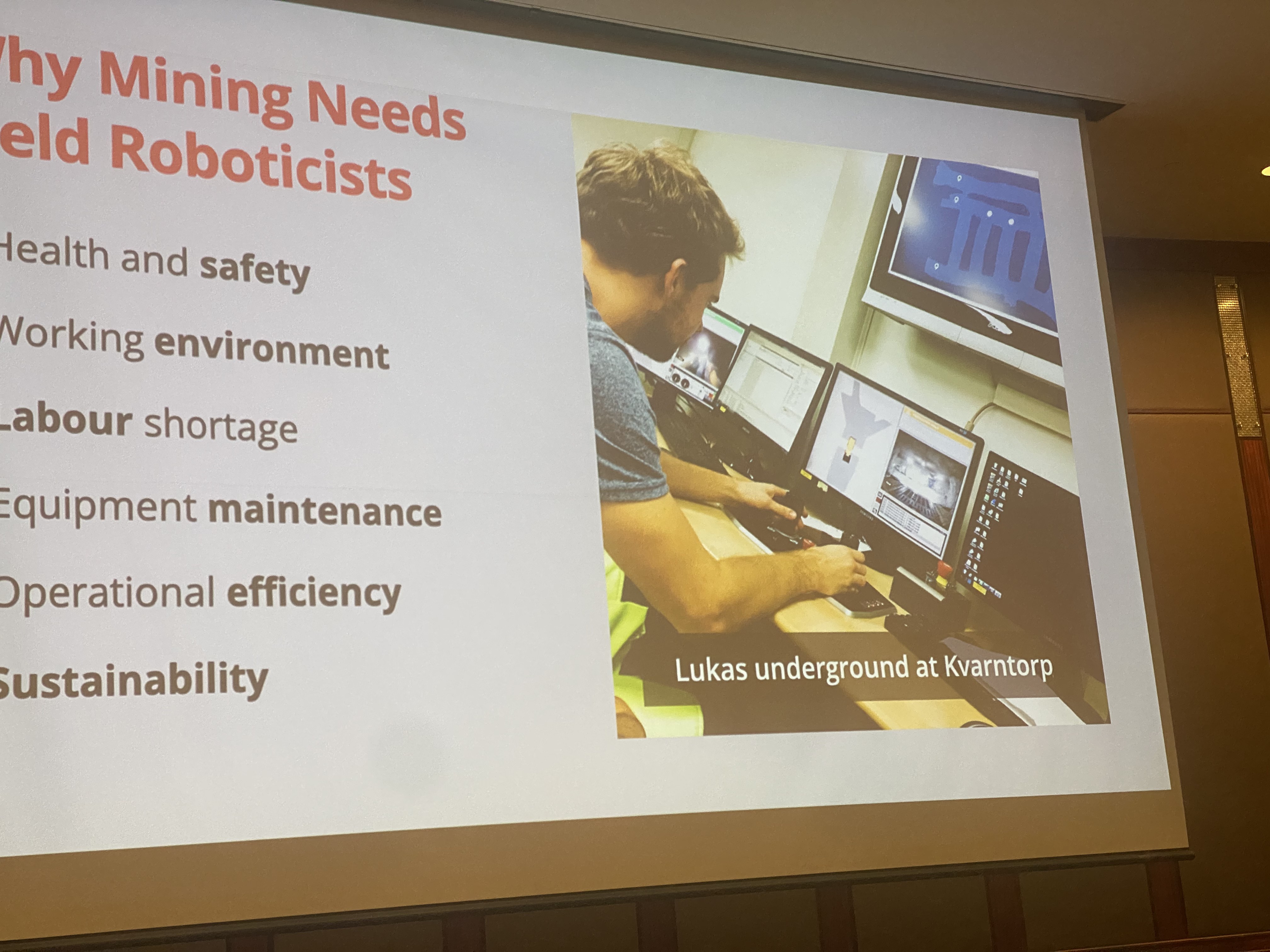
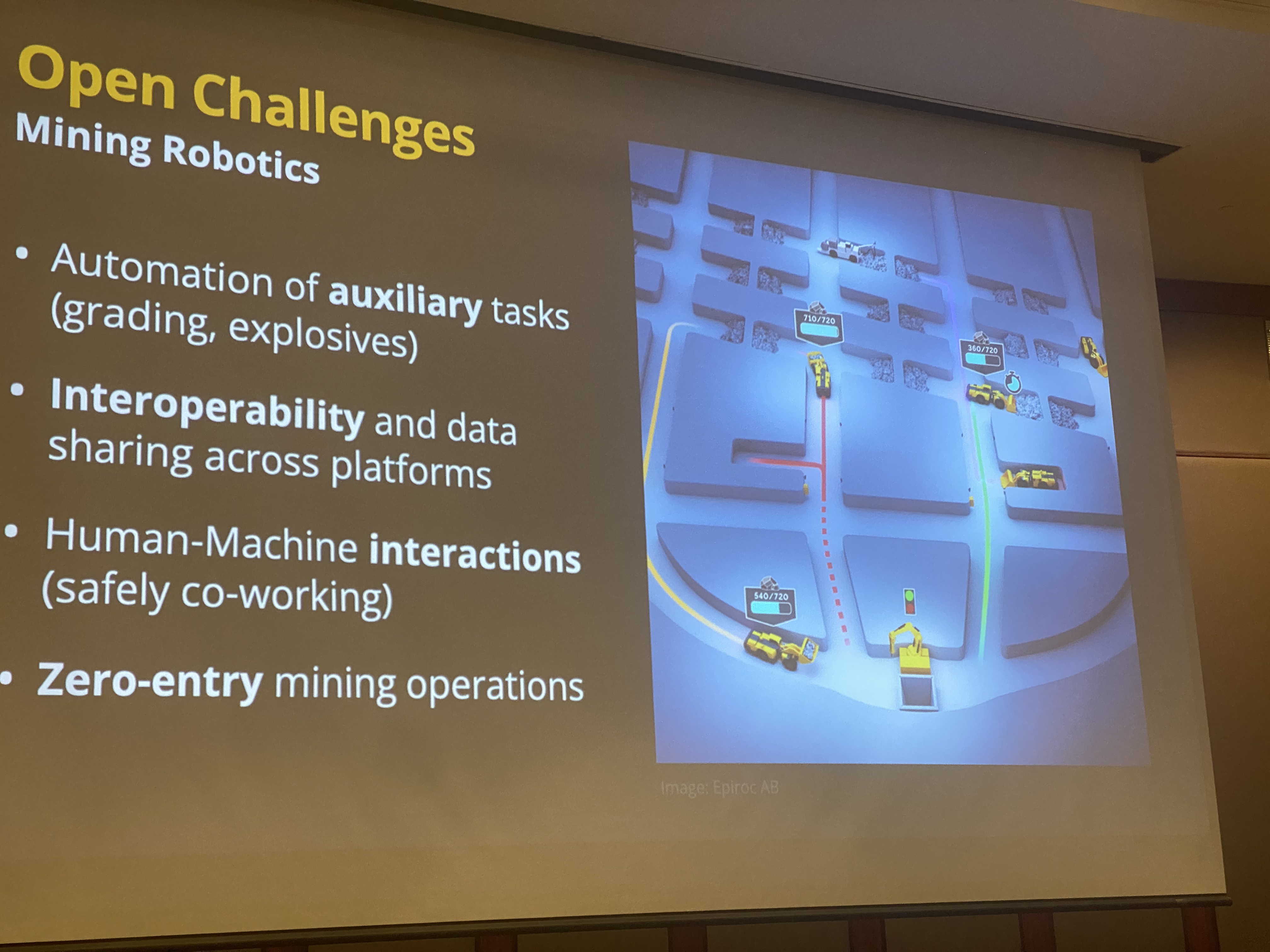

The second takeaway, while we all “know” this before going to a conference, robotics is an insanely broad and interdisciplinary field. ICRA had 7000 attendees and tens of talks going on in parallel throughout the day. The topics are varied, and, outside of my own narrow field it was quite hard to follow what was going on. In practice, it is also a very hard field. In a talk on agriculture robotics by Guillermo Pita Gil from Burro, he reiterated on the 80/20 rule. It is not too hard to build a product that works 80% of the time, as a demo, but getting those last 20% is extremely important and takes up 80% of the time to iron out the edge cases. This leads me to conclude that robotics specialists themselves will likely not be automated anytime soon, and there are plenty of problems to be solved :).